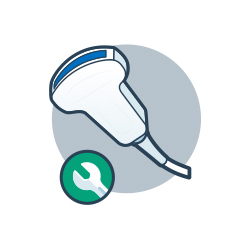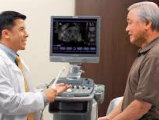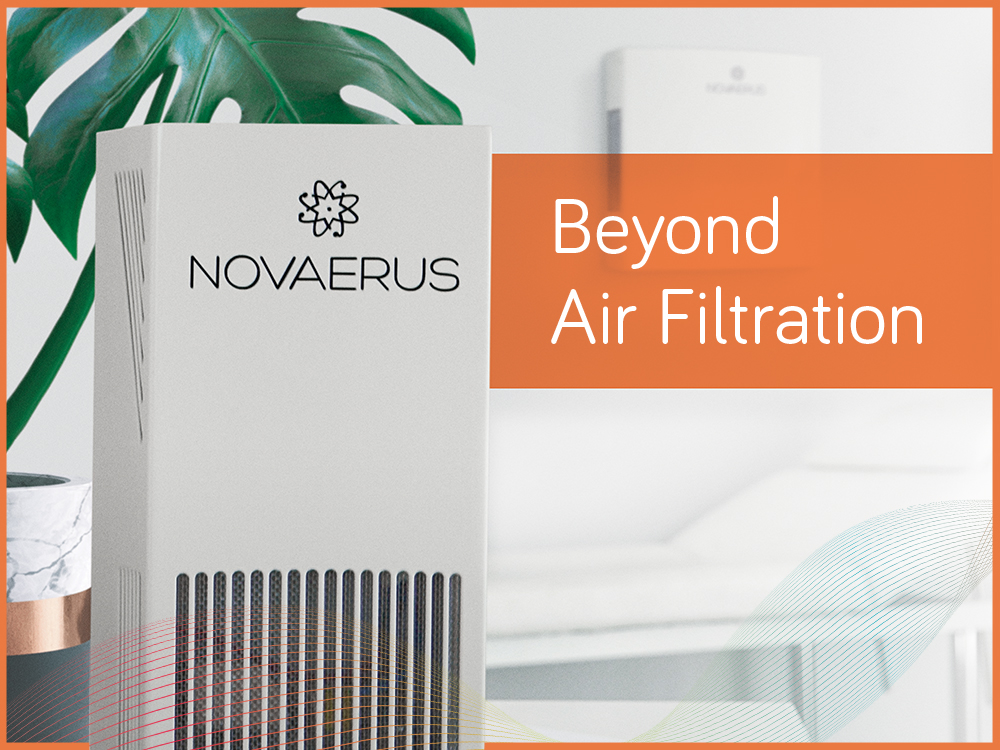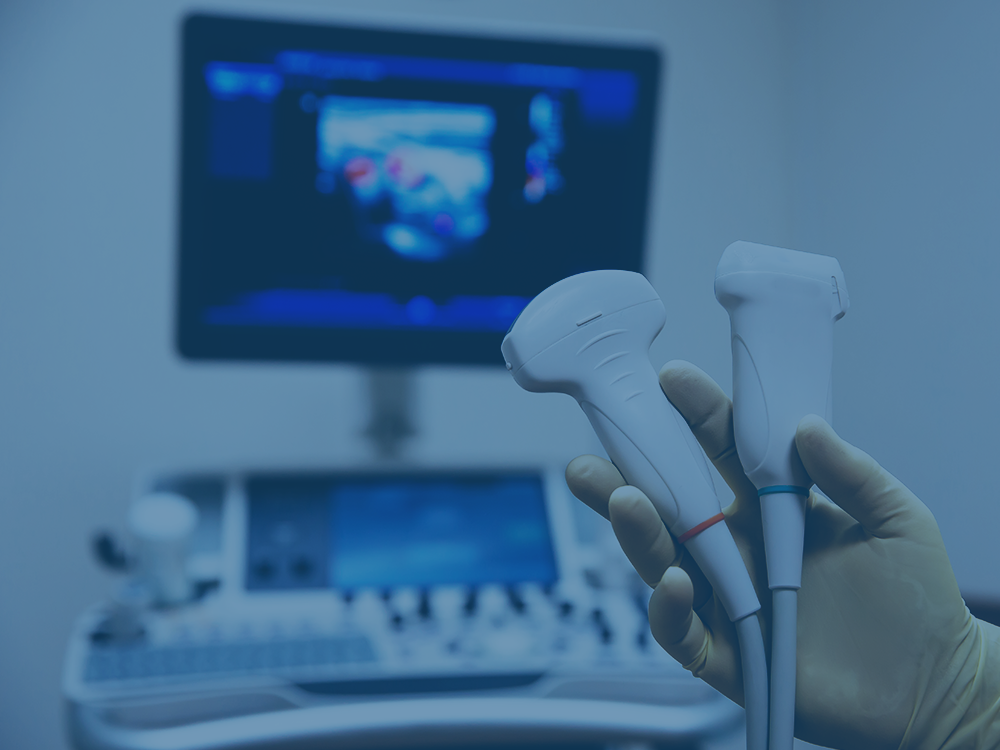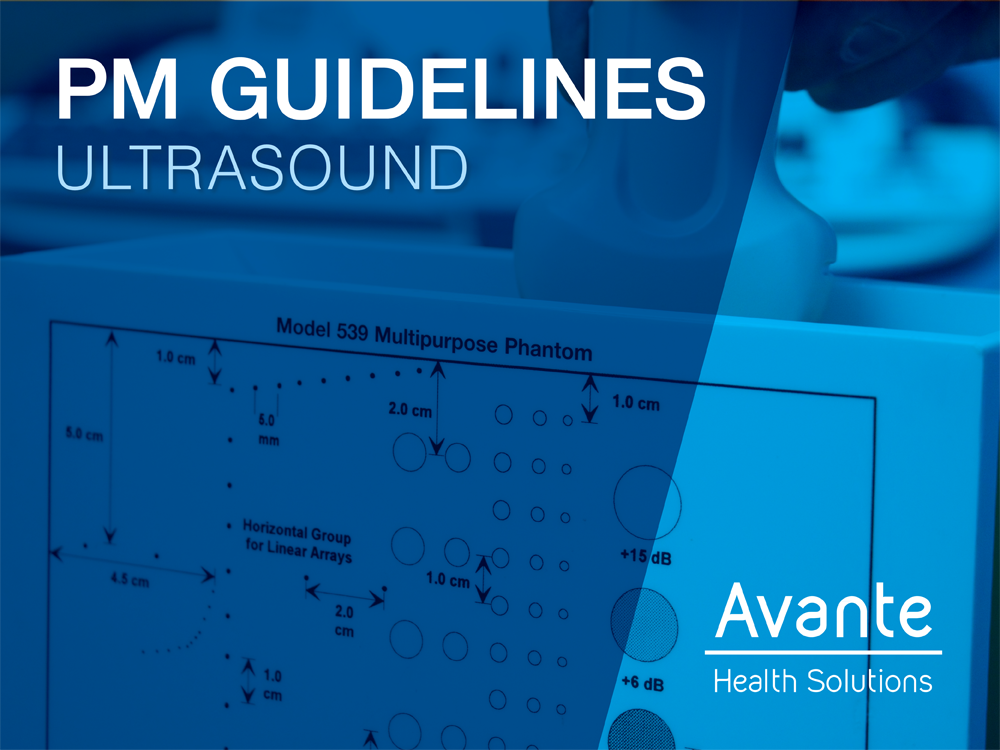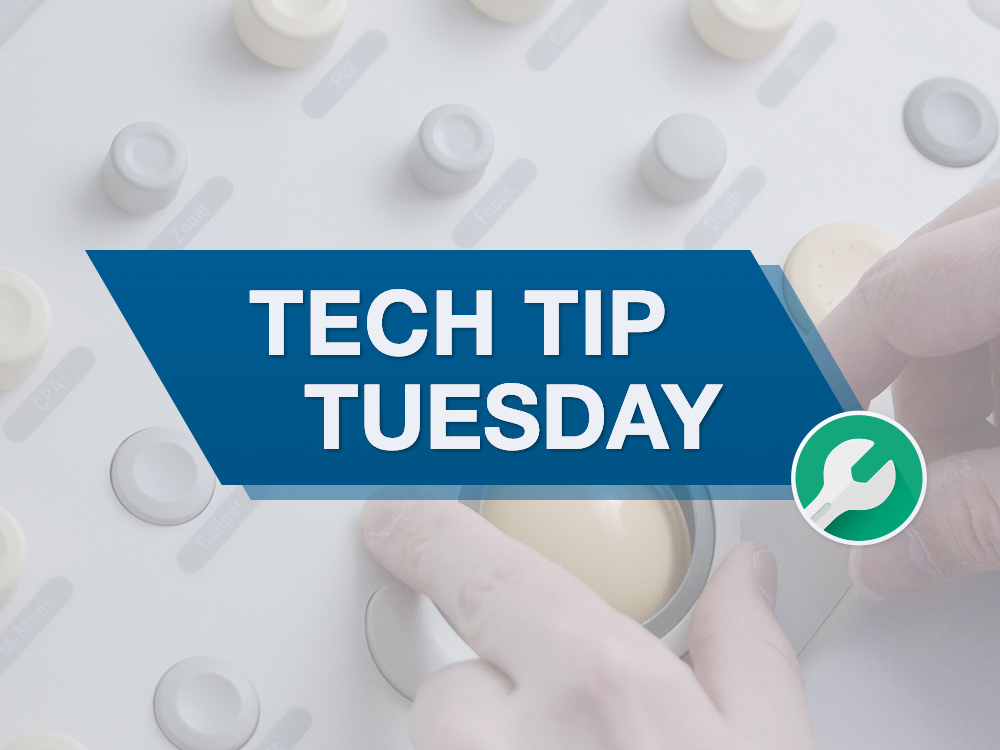Tips for Proper Ultrasound Cleaning & Disinfection
June 22, 2020
Article by
Scott Trefny, Imaging Service Professional
As the medical community continues to cope with this current pandemic situation, the novel coronavirus should have us all laser focused on patient and operator safety.
It has become increasingly important to perform proper cleaning, or at least establish a proper cleaning protocol, for ultrasound systems, probes, accessories, surfaces and displays used in contact with patients.
The landscape is vast with regards to cleaning solutions, applications, delivery (spray or wipe), and what is approved for use within various facilities. You can most likely walk around your facility and find many brands of cleaning wipes and sprays with varying levels of active ingredients on the label.
According to the CDC website on chemical disinfectants, the list is:
- Alcohol
- Chlorine
- Formaldehyde
- Glutaraldehyde
- Hydrogen Peroxide
- Iodophors
- OPA
- Peracetic Acid
- Phenolics
- Quaternary Ammonium
In this article, I will reference what most manufacturers show as approved disinfectants and how to use them correctly on each part of the ultrasound system. Please refer to each manufacturer for a more comprehensive list of approved solutions.
General Use Probes
Most probes are used in a non-invasive manner, meaning they only touch skin surfaces. There are some procedures in which they can be exposed to blood but adhering to a proper cleaning procedure along with approved disinfectant will decontaminate the probe for future use. It is important to note that most manufacturers provide a list of disinfectant solutions and which solution you can use on the probe housing, cable, and/or connector. Probes should be removed from the system during disinfection to minimize cross contamination.
GE recommends an ammonium based cleaner for probes and probe surfaces. Per the user manual, “Only use sprays or wipes that are alcohol free.”
Siemens strongly advises against using steam, gas or EO (organic ethanol), benzene, and isopropyl alcohol. They offer a handy search menu to find what disinfection solution is approved according to system and probe type, but mainly low-level alcohol or quaternary ammonium-based cleaners are recommended on most units.
Philips suggests using a sodium-hypochlorite (bleach at an active solution rate of .6%), quaternary ammonium based (active concentration .8%), hydrogen peroxide (active concentration .5%), and alcohol (not to exceed 70% concentration). They offer an extensive list for download on their website. Pay special attention to what is approved on the cable, probe housing and membrane, and connector housing as these can differ.
Samsung recommends quaternary ammonium-based solutions for most probes. They offer an in-depth disinfectant matrix that covers all probes they manufacture. This information can be found on their website or is included in the system and probes user manuals.
System surfaces, displays and accessory cables
Manufacturers typically recommend cleaning ultrasound system surfaces as part of daily user maintenance procedures. Although, I would make an educated guess that system surfaces are not cleaned on a regular basis. Given the current situation in the world, now is the perfect time to implement disinfecting procedures for all surfaces.
Most manufacturers recommend starting with a mild dishwashing liquid or soap without any abrasives. Plastic coated surfaces require milder cleaners, and facilities that use bleach or alcohol-based products tend to incur cracks and stress fractures around buttons and knobs or edges in which these solutions made the bezel dry and brittle.
LCD displays and touchscreens also require special attention as to which cleaners are approved. Usually cleaning with a non-abrasive mild soap or detergent is the approved method, but some manufacturers will suggest using an approved LCD cleaner along with a microfiber cloth. Certain disinfectants will cause damage to touch sensors and anti-glare coatings over time.
Always consult the manufacturer’s instructions before disinfection of accessories such as ECG cables, trunk cables, external monitor and data cables.
Conclusion
Don’t assume. Do the research. Just because a disinfectant is approved for one surface does not mean it is approved for all. Some departments will go to the extreme of having three or four different disinfectants for multiple surfaces, but products are available that are approved for all surfaces. Finding the “unicorn” will simplify your disinfection protocols and save your department money at the same time.
Start with recommendations from the equipment manufacturer as they have the most up-to-date list of approved disinfectants that have been tested on their equipment. Then, search out disinfectant suppliers/manufacturers that have performed independent compatibility testing. Once you have determined the proper cleaning solution, establish a disinfecting schedule for all surfaces.

